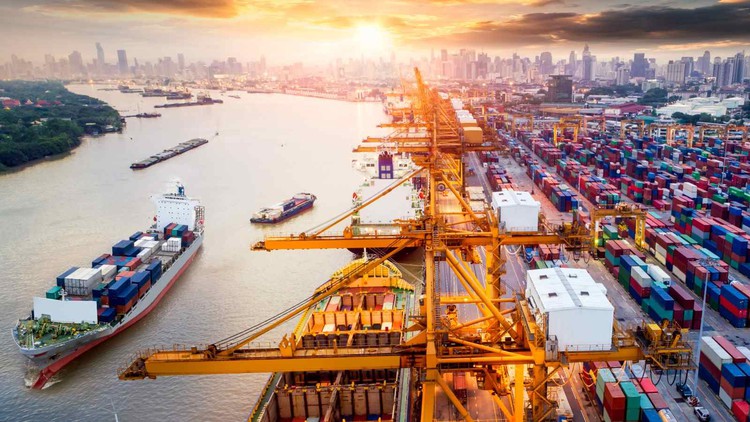
Description
Trade-Based Money Laundering (TBML) is a niche topic with the AML profession. Often misunderstood or not presented in depth in many courses.
In this course, we will discover how International Trade works through exploring its structures and products. We will examine the range of different typologies that Trade-Based Money Launders use to conduct TBML. Finally, we will discover how Banks and other Financial Institutions combat – or try to limit – the effect of Trade-Based Money Laundering.
International trade is the exchange of capital, goods, and services across international borders or territories[1] because there is a need or want of goods or services. In most countries, such trade represents a significant share of gross domestic product (GDP). While international trade has existed throughout history (for example Uttarapatha, Silk Road, Amber Road, scramble for Africa, Atlantic slave trade, salt roads), its economic, social, and political importance has been on the rise in recent centuries.
Carrying out trade at an international level is a complex process when compared to domestic trade. When trade takes place between two or more states factors like currency, government policies, economy, judicial system, laws, and markets influence trade.
To ease and justify the process of trade between countries of different economic standing in the modern era, some international economic organizations were formed, such as the World Trade Organization. These organizations work towards the facilitation and growth of international trade. Statistical services of intergovernmental and supranational organizations and governmental statistical agencies publish official statistics on international trade.



